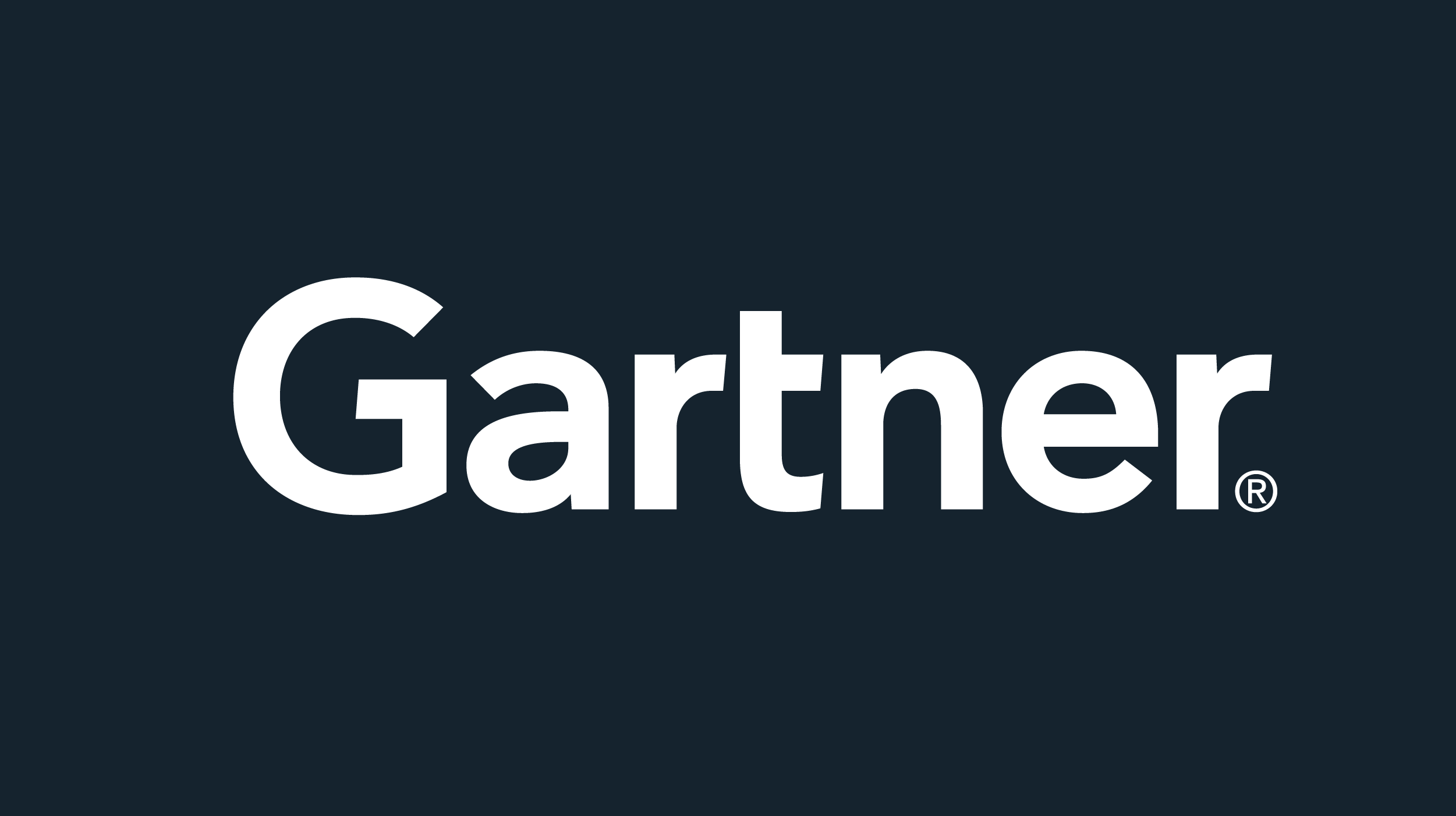If you need to hang a picture or replace a few roof shingles, the first thing you’ll probably reach for is a hammer, which has been used for centuries and has a future as secure as any tool in the toolbox. But if you need dental work, you don’t want your dentist using old technology like a hammer and pliers. In fact you’ll insist that your dentist use tools and techniques that have evolved from hundreds of years ago.
Most decisions between using tried-and-true vs. innovative-and-new are not so easy, a fact I was reminded of by reading this intriguing InfoWorld blog 7 Big Data Tools to Ditch in 2017. Because big data is changing and maturing so quickly, its underlying tools and technologies can quickly become out of date. Big data teams are so busy with projects that it’s hard for them to keep up with the latest developments in the ecosystem. We at BMC hear this a lot from our customers, and we can empathize because we’re doing a lot of big data development too.
Because many of the tools for the Hadoop ecosystem have been developed in open source, they have some inconsistencies and limitations that don’t get addressed as the open source community turns its attention to developing the next set of tools to solve emerging problems. Enterprises are left to use these tools until something better comes along.
Now the good news: Something better has come along for working with Hadoop workflows. Most enterprises first tried Oozie for Hadoop workflow management. Now Oozie has earned a target as one of the top tools to ditch in 2017, because as the InfoWorld blog noted:
“I’ve long hated on Oozie. It isn’t much of a workflow engine or much of a scheduler – yet it’s both and neither at the same time! It is, however, a collection of bugs for a piece of software that shouldn’t be that hard to write.”
Our customers have specifically been telling us they want a better alternative than Oozie for creating, scheduling and managing Hadoop workflows. We believe we’ve delivered the superior alternative with Control-M for Hadoop, which automates big data batch processes and enables them to be developed, scheduled, managed and monitored with all other enterprise workloads in a single solution. It takes the complexity out of automating and scheduling big data workflows, which leads to faster implementation and more accurate results.
Our approach was validated in recent third-party testing that found Hadoop workflows could be developed 40 percent faster using Control-M for Hadoop instead of Oozie and other open source tools. More importantly, real-world customers like Navistar, a leading manufacturer of commercial vehicles that uses big data to improve vehicle uptime, have documented the value of our approach. Here is an excerpt on the subject:
“Prior to bringing Control-M into our Hadoop environment, we had two engineers working full time pulling this data from AWS, aggregating it, and putting it into a spreadsheet for the design engineers. It took about a week to get the data into a usable form. Control-M now handles these tasks automatically, freeing up those two engineers to take on strategic tasks. In addition, the design engineers now have real-time access to data that’s viewable on easy-to-read dashboards, a marked improvement over static reports based on data that’s a week old.”
Not only is Control-M faster than Oozie, it covers and automates many more of the tasks required to develop, test, promote, deploy, schedule, manage and secure workflows. Our customers told us what their Big Data development challenges are and we listened. If you want to get your Big Data work done more quickly and easily, consider adding a new tool to your toolbox.
For more information about BMC big data solutions, visit https://www.bmc.com/it-solutions/big-data.html
BMC named a Leader in 2024 Gartner® Magic Quadrant™ for Service Orchestration and Automation Platforms
These postings are my own and do not necessarily represent BMC's position, strategies, or opinion.
See an error or have a suggestion? Please let us know by emailing blogs@bmc.com.







